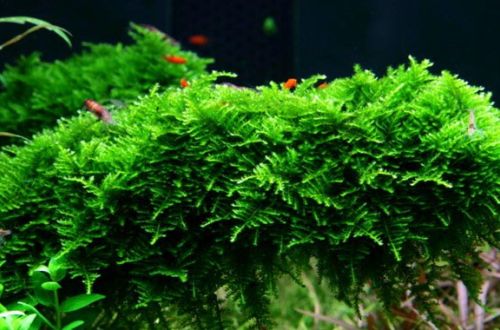
Wright’s pond
Wright’s pondweed, scientific name Potamogeton Wrightii. The plant is named after the botanist S. Wright (1811–1885). Known in the aquarium trade since 1954. At first, it was supplied under various names, for example, Malay pondweed (Potamogeton malaianus) or Javanese pondweed (Potamogeton javanicus), which are still widely used, although they are erroneous.
It grows in East and Southeast Asia in reservoirs with stagnant water or in sections of rivers with a slow current. Most common in hard alkaline water.
The plant forms a creeping rhizome with bunches of roots. Tall long stems grow from the rhizome. In favorable conditions, it grows up to 3 meters in height. Leaves are located singly on each whorl. The leaf blade, up to 25 cm long and up to 3 cm wide, has a linear shape with a slightly wavy edge. The leaf is attached to the stem with a petiole up to 8 cm long.
It is easy to maintain, perfectly adapts to various conditions when in warm water and rooting in a nutrient substrate. Recommended for use in ponds or large aquariums, where it should be placed in the background. Due to its ability to tolerate high pH and dGH values, Raita’s Pond will be an excellent choice for aquariums with Malawian or Tanganyika cichlids.




